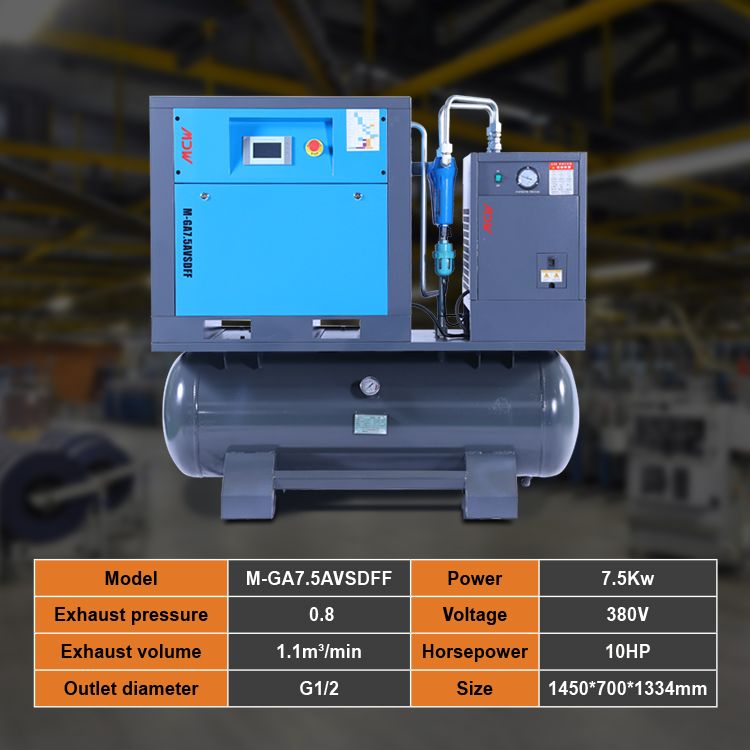What Is a Palletizer, and How Does it Work?
A palletizer is a key piece of equipment in the material handling industry, used to automate the process of loading and unloading products onto pallets. It plays a crucial role in streamlining the packaging and shipping operations of various industries, including manufacturing, warehousing, and distribution.
What Is a Palletizer?
A palletizer is a mechanical device that is designed to organize, stack, and arrange products onto pallets in a predefined pattern. It can handle a wide range of products, including cartons, cases, bags, drums, and more, and create stable, well-organized pallet loads for efficient storage and transportation.
There are two main types of palletizers: robotic palletizers and conventional palletizers.
Robotic Palletizers: Robotic palletizing systems use robotic arms to pick up and place products onto pallets. They are highly flexible and can easily adapt to different product sizes and patterns.
Conventional Palletizers: Conventional palletizers, also known as layer palletizers, use a combination of mechanical arms, conveyors, and stacking platforms to build pallet loads layer by layer.
How Does a Palletizer Work?
The functioning of a palletizer involves several key steps:
Product Infeed: Products to be palletized are fed into the palletizing system through a conveyor system or other material handling equipment.
Product Orientation: The products are oriented and positioned in the desired manner to create the specified pallet pattern.
Layer Formation: In the case of conventional palletizers, products are arranged in layers as per the defined pattern, while in robotic palletizers, the robotic arm picks up individual products and places them directly onto the pallet.
10 Questions You Should Know about Eco-Friendly Packaging Solutions
Key Considerations to Make Before Investing in Electric Vehicle Charging Station Technologies
Maximize Efficiency: The Benefits of Horizontal Wrap Systems
Revolutionize Your Packaging with Turntable Wrapping System Solutions
Top Rack Electroplating Machines: Boost Efficiency & Profits!
Top Used Pallet Strapper Reviews for 2024 Buyers
What Should You Consider When Buying a Screw Press Machine?
Pallet Loading: Once a layer is complete, the palletizer moves the pallet to accommodate the next layer, and the process is repeated until the pallet is fully loaded.
Pallet Discharge: Once the pallet is fully loaded, it is discharged from the palletizing system and replaced with an empty pallet for the next cycle.
Benefits of Palletizers
The use of palletizers offers several benefits to businesses:
Increased Efficiency: Palletizers automate the palletizing process, increasing the speed and efficiency of loading and unloading operations.
Reduced Labor Costs: By automating the palletizing process, businesses can reduce the need for manual labor, leading to cost savings.
Improved Safety: Palletizers can handle heavy and bulky loads, reducing the risk of injury to workers associated with manual palletizing.
Consistent Pallet Quality: Palletizers create uniform and stable pallet loads, reducing the risk of product damage during transportation and storage.
Flexibility: Robotic palletizers can easily adapt to different product sizes and patterns, offering increased flexibility in handling diverse product lines.
In conclusion, palletizers are essential tools in modern material handling and packaging operations. By automating the palletizing process, businesses can achieve higher efficiency, improved safety, and cost savings, leading to a more streamlined and productive supply chain.
Essential Baguette Equipment for Bakery Businesses Explained
Maximize Efficiency with Compression Strapping Machines Today!
Top Shea Butter Tea Seed Oil Extraction Machines for Sale 2024
What to Expect from Oats Flour Milling Plant Service?
Small Scale Heat Transfer Press: Pros vs. Cons Explained
Maximize Efficiency with Inline Conveyor Strapping Machines
Unlocking the Benefits of Disc Screening in Health












